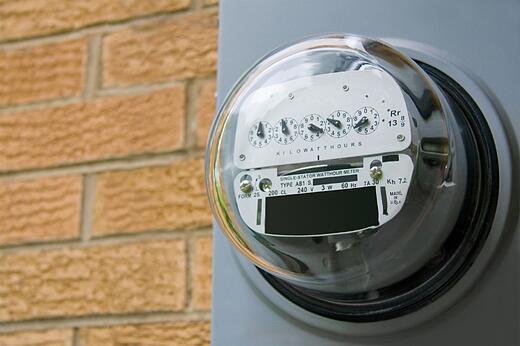A new year means new resolutions! This year, consider taking steps to save energy as part of your resolution. All Westinghouse Water Heating products are highly efficient, saving you energy and money. There are various ways you can save energy this coming year. Here are a few tips from Energy.gov to help you get started:

1. Install and set a programmable thermostat. You could save an estimated 10 percent per year on heating and cooling costs by using a programmable thermostat, and by resetting it when you are asleep or away from home, you won’t have to sacrifice comfort.
2. Use sunlight to your advantage. The sun’s rays can contribute heat in the winter but force air conditioners and fans to work harder -- and use more energy -- in the summer. During winter months, you can take advantage of sunlight by opening your curtains during the day to allow the sun to naturally heat your home. During warmer months, use light-colored window shades or blinds to reflect heat back outside, keeping your home cooler and more efficient. Using natural lighting effectively will also reduce the need to use artificial light.
3. When replacing appliances or purchasing electronics, look for ENERGY STAR appliances, fans and electronics. Your home’s appliances and electronics account for close to 20 percent of your energy bills. Using ENERGY STAR® certified products -- which incorporate advanced technologies that use 10-15 percent less energy and water than standard models -- throughout your home could save nearly $750 over the lifetime of the products. For example, ENERGY STAR clothes washers use about 40 percent less energy than conventional clothes washers while reducing water bills. ENERGY STAR washers also require less detergent and are gentler on clothes, saving you money on clothing expenses.
4. Choose energy-saving lighting. About 10 percent of the energy your home uses goes to lighting costs. By just replacing five of your home's most frequently used lights with energy-efficient ENERGY STAR bulbs, you could save $75 a year in energy costs. Compared to traditional incandescent bulbs, compact fluorescent bulbs can yield as much as 75 percent energy savings and last six-times longer. You can get even more energy savings, longer life span and less wasted heat by switching to ENERGY STAR LEDs.
5. Use an electronic power strip for your electronic equipment. Many electronic devices and equipment continue to consume unnecessary energy even when not in use. Often called energy vampires, these devices cost families about $100 a year. Use a power strip for electronic devices and turn it off when not in use to eliminate energy vampires. And be sure to unplug your chargers -- they draw energy even when they aren’t connected to a device.
6. Reduce energy for water heating. Water heating is a large energy expense in your home, accounting for about 14-18 percent of your utility bills. By taking low-cost steps, you can reduce your water heating bills. Make sure your water heater is set to no higher than 120 degrees. Install low-flow showerheads or temperature-sensitive shower valves. Newer water heaters have more insulation than older ones. If your water heater is more than five years old, you should wrap a water heater jacket around it to stop heat loss from the tank.
7. Hire a professional to maintain your heating and cooling system. Arrange for annual maintenance with a qualified technician. This includes checking the airflow over the coil, testing for the correct fluid (refrigerant) level, checking the combustion process and heat exchanger are operating safely, and ensuring proper air-flow to each room. In addition, you should clean the air filters in your heating and cooling system once a month, and replace them regularly.
8. Consult a home performance contractor to achieve large savings. There is a growing industry of professionals who are qualified to make recommendations to homeowners on how to improve the overall energy efficiency of their homes. These professional energy assessors will do a comprehensive energy audit of your whole house using special tools -- such as a blower door test and an infrared camera to locate air leaks -- to measure home energy efficiency.
A professional energy audit gives you a thorough picture of where your home is losing energy and what you can do to save money. By making upgrades (especially sealing air leaks and properly insulating your home), you can expect to save 15-30 percent or more in energy costs, while also improving your home’s comfort and air quality. Visit the Home Performance with ENERGY STAR website to learn more about this approach and to locate home performance contractors near you.
(Original article: http://energy.gov/articles/resolve-save-energy-year)


